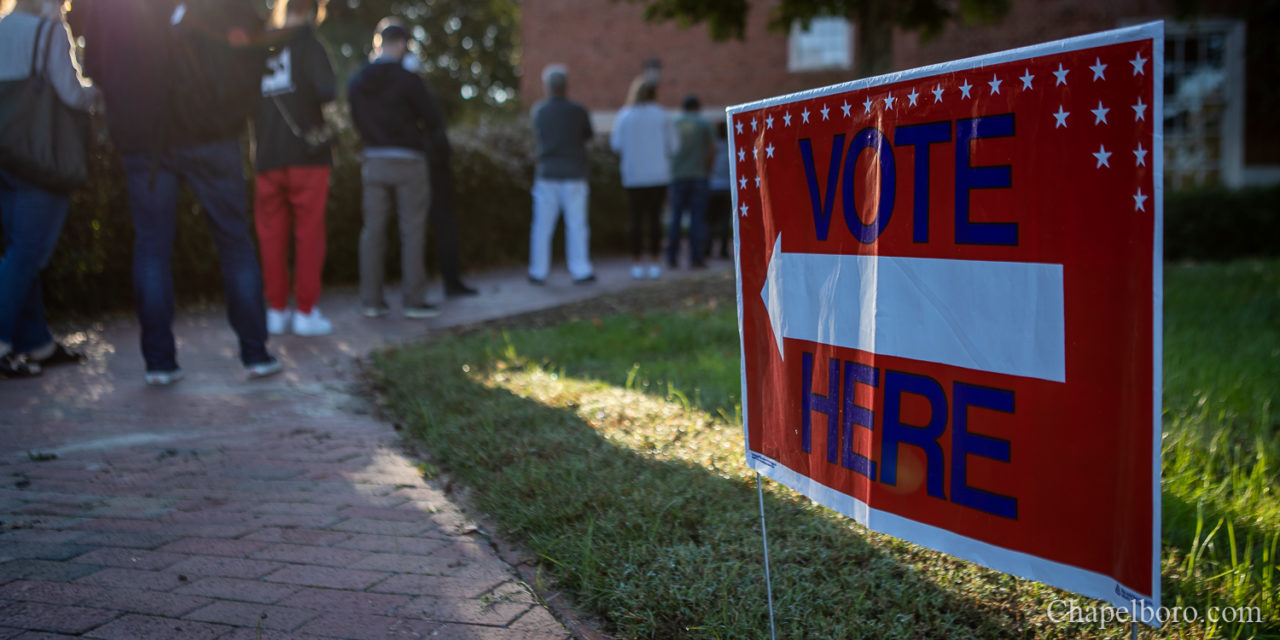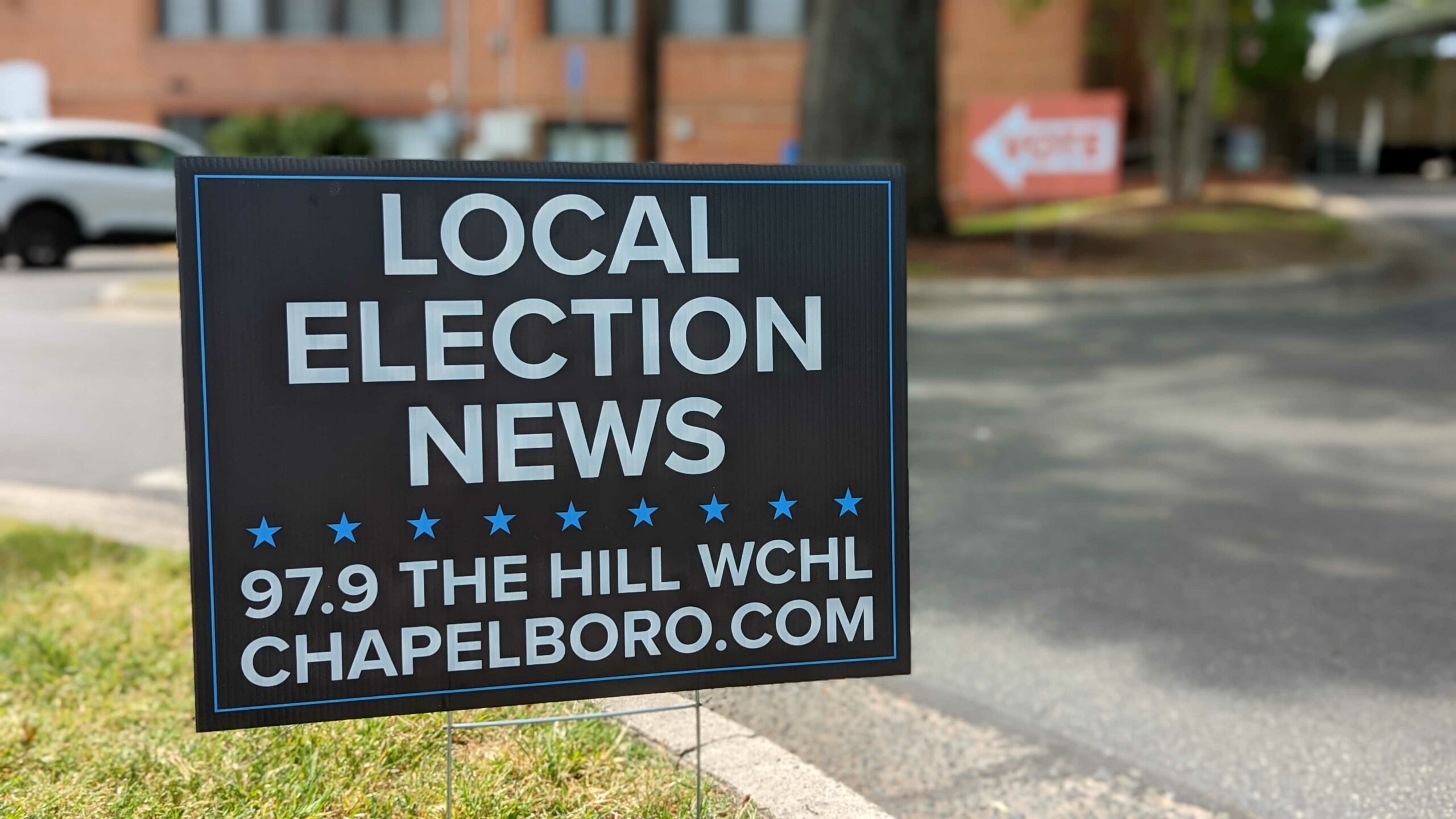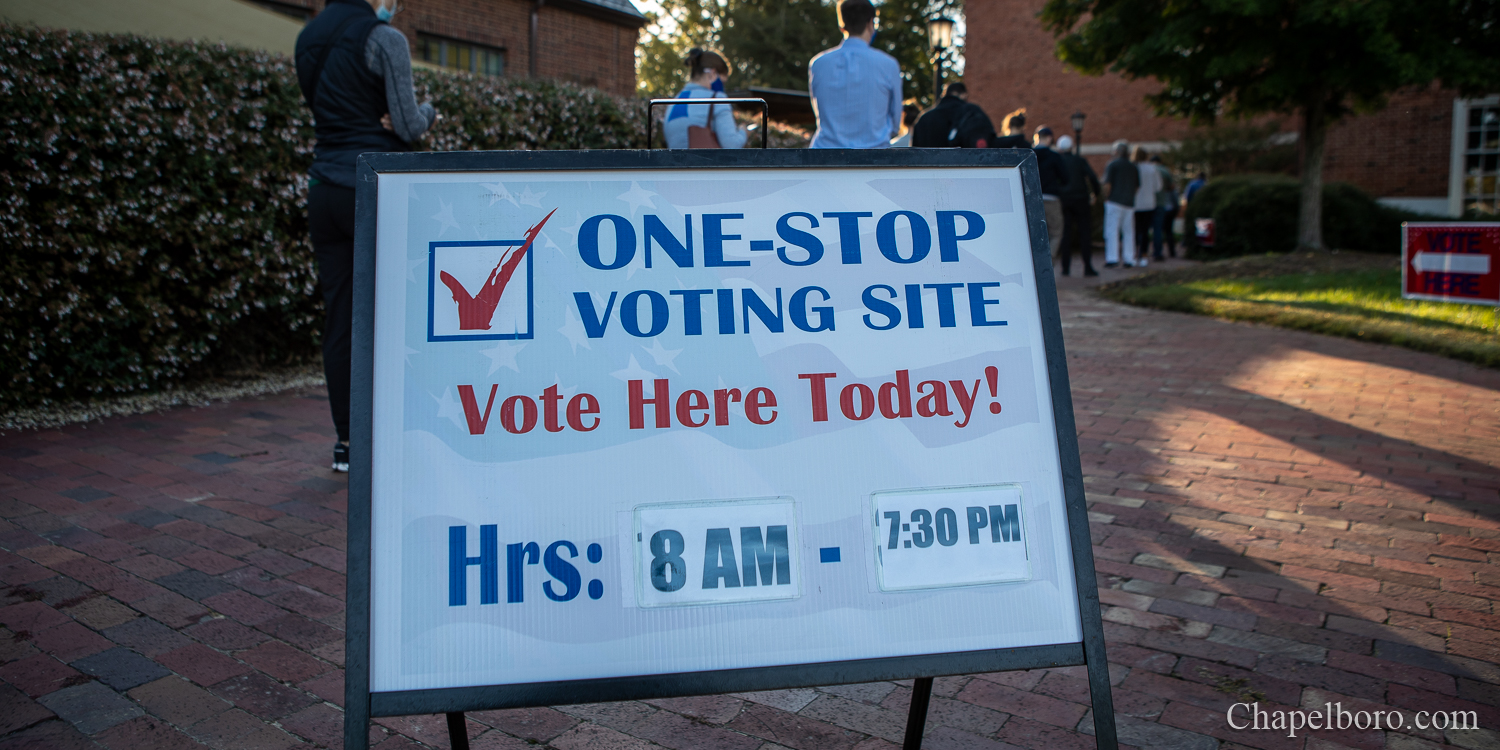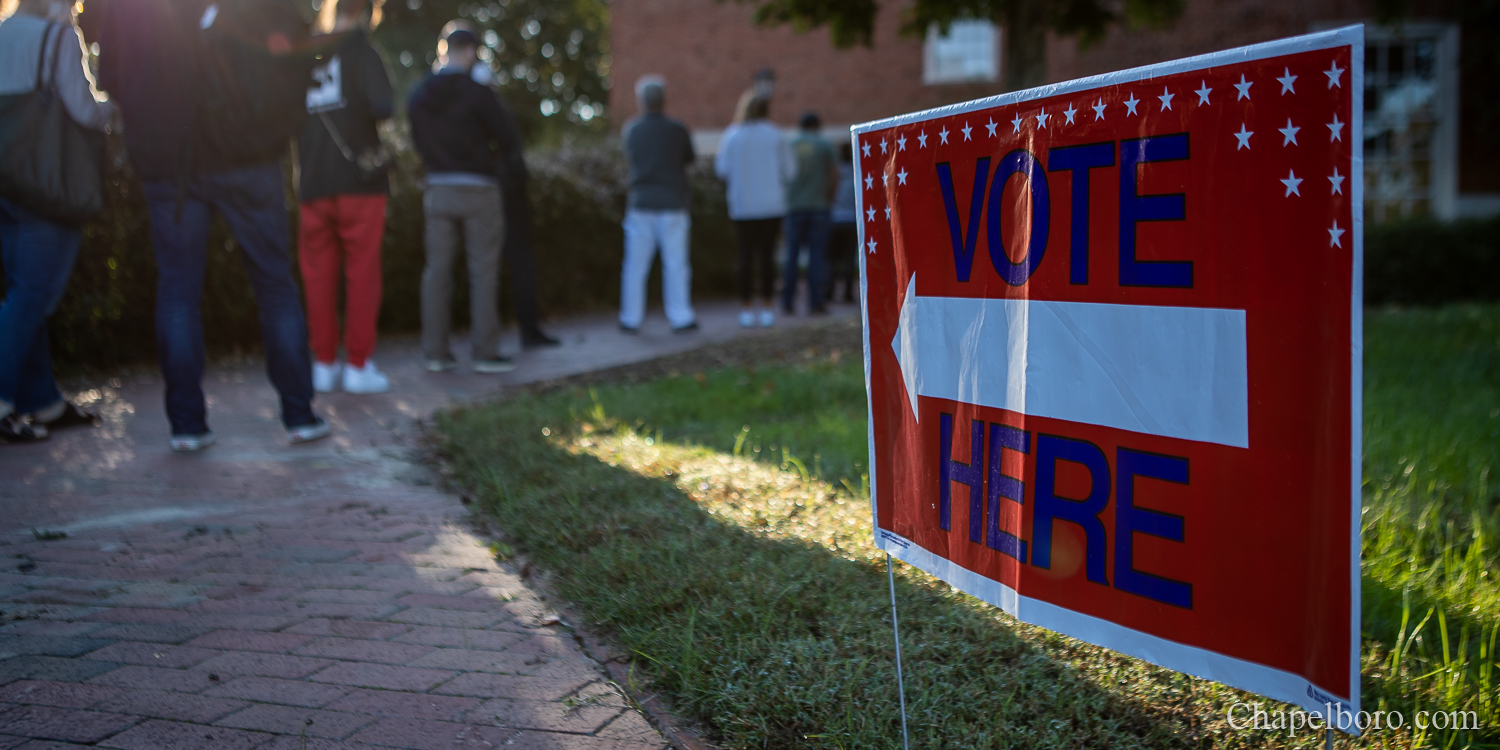North Carolina has seen its share of very close statewide elections in the last decade, and this year is shaping up to be no exception.
Less than two months before the November midterm, a new survey from Public Policy Polling shows a virtual dead heat in the race for U.S. Senate, with Democrat Cheri Beasley leading Republican Ted Budd 42-41 and 12 percent of voters still undecided.
See the results of PPP’s North Carolina poll.
Public Policy Polling director Tom Jensen says the tied race comes from two factors working against each other: North Carolinians prefer Beasley to Budd, but her support is weighed down by President Joe Biden’s continued unpopularity. Jensen says those undecided voters tend to be Republican-leaning – so for Democrats to pick up the seat, they’ll either have to win over those voters or (more likely) drive up turnout among their own base.
97.9 The Hill’s Aaron Keck spoke with Tom Jensen earlier this week.
Aaron Keck: I’ve seen some recent polls that have shown the Senate race pretty close. How is it now?
Tom Jensen: Yeah, it continues to be very close. So we find Cheri Beasley at 42 percent and Ted Budd at 41 percent. A decent number of people are either voting Libertarian or undecided at this point. So there’s a lot more voters on the fence heading into the last eight weeks of the campaign than we’ve maybe seen in some recent North Carolina elections. But bottom line, we have, once again, a toss-up Senate race. And once again, a Senate race that could possibly be one of the closest ones in the country, just as we saw in both 2014 and 2020 here.
Keck: One of the things that I know you surveyed was their respective favorability ratings. How does that affect that top line number?
Jensen: One thing that’s pretty clear from our polling is that Cheri Beasley is a much stronger candidate than Ted Budd is. Her net favorability rating is 16 points better than his: she has a plus-10 favorability rating, 40 percent favorable, 30 percent unfavorable, and he has a minus-six rating, 34 percent favorable, 40 percent unfavorable.
So you would think, with Beasley having a net favorability rating 16 points better than Budd’s, that she might have a pretty healthy lead. But what I think is balancing that out is (that) even though his numbers aren’t as bad as they used to be, Joe Biden’s still pretty unpopular in North Carolina. Only 41 percent of voters approve of the job he’s doing; 54 percent disapprove. So Beasley is still getting weighed down some by the fact that the president of her party is unpopular. And when you take those two things together, you end up with this tied race.
Keck: 12 percent of voters are undecided. They’re going to be the X factor heading into November. So what do we know about those 12 percent?
Jensen: Well, this is something that’s true in North Carolina, and it’s true in most of the key Senate races across the country, and I think it’s worth being aware of: most of the undecideds are somewhat Republican-leaning. They’re people who disapprove of the job Joe Biden’s doing, they’re people who more often than not voted for Donald Trump. But they’re not that thrilled with their Senate candidates. And this is something we’re seeing, not just in North Carolina, but it’s a trend that we’re seeing in places like Georgia, Nevada, Pennsylvania, lots of the key Senate races in the country. We’re seeing these pools of undecided voters who are pretty strongly Republican-leaning, and they just aren’t as sold on their candidates as the Democratic base is.
So I can tell you from eight weeks out that there’s a decent possibility, if these people end up voting the way that you would expect them to on paper, you could have a situation the day after the election where people are like, “oh my goodness, the polls got it wrong again.” And I’m telling you today, eight weeks out, that there’s a very good chance that even though Beasley’s up by one in this poll, that Budd ends up winning by three based on what we know about these undecided voters. So if Budd actually won by three, it wouldn’t mean that my poll was wrong. It would just mean that those undecideds broke the way you expect them to.
And this is something that goes back to 2016: all along, Hillary Clinton was way up, but you could see that most of the undecideds were Republicans who didn’t like Trump, and they all voted for Trump in the end. And if that’s what they do at the end of the day in all these Senate races, including North Carolina, you’re going to end up seeing Republican candidates doing better than how they’re polling right now.
Keck: So with that in mind: in order for the Democrats to win that North Carolina seat, they’d have to either win over more of those wavering Republican voters, or get a higher percentage of their own voters to turn out to the polls. Which of those two do you think they should prioritize, and how should they go about doing it?
Jensen: I definitely think a big key for Democrats in North Carolina is improving their turnout. North Carolina, at its core, is a 50-50 state. When you look at most of the key races from 2020, Republicans won them 51-49, and the reason is that they turned out at a rate six points higher than Democrats. I may have the exact numbers wrong, but I think 81 percent of Republicans voted and only 75 percent of Democrats voted, and that’s what put Republicans over the top. So I think trying to change that is going to be the key for Democrats to win here. And in that context, it’s very good news for Democrats that their party base is so much more excited about its candidate than the Republican Party base. One really interesting thing we saw in this poll: when you ask Biden voters how they felt about Cheri Beasley, 80 percent were favorable, only 3 percent were unfavorable. When you asked Trump voters how they felt about Ted Budd: 54 percent were favorable, 19 percent were unfavorable. So Beasley’s 26 points higher with her base in terms of how much they like her. We’ll see if that can translate into a Democratic enthusiasm advantage this year, that has not happened in the past.
Keck: What’s the likelihood that this race here is going to end up being the decisive one, in terms of who controls the Senate for the next two years?
Jensen: Yeah, that’s a great question. North Carolina will not be the 50th seat that Democrats need to get them control of the US Senate. I think there are several states ahead of North Carolina on that list. But what North Carolina could very well be, is either the 52nd or 53rd Senate seat. I think if the election was today, Democrats would feel pretty good about all their incumbents winning and picking up a seat in Pennsylvania. So that gets you to 51. And then Wisconsin or North Carolina could be seat 52 or 53. And what makes that so important is that you then have a Manchin- and Sinema-proof majority. So what our Senate race really could determine is not just whether Chuck Schumer or Mitch McConnell is the Senate majority leader in the next session, but whether Chuck Schumer has a big enough majority that he doesn’t have to cajole Joe Manchin and Kyrsten Sinema about everything. So that’s where North Carolina is so important: giving Democrats that buffer that allows them to govern in a much more aggressive manner than they’ve been able to for the last couple years.
Chapelboro.com does not charge subscription fees, and you can directly support our efforts in local journalism here. Want more of what you see on Chapelboro? Let us bring free local news and community information to you by signing up for our biweekly newsletter.










